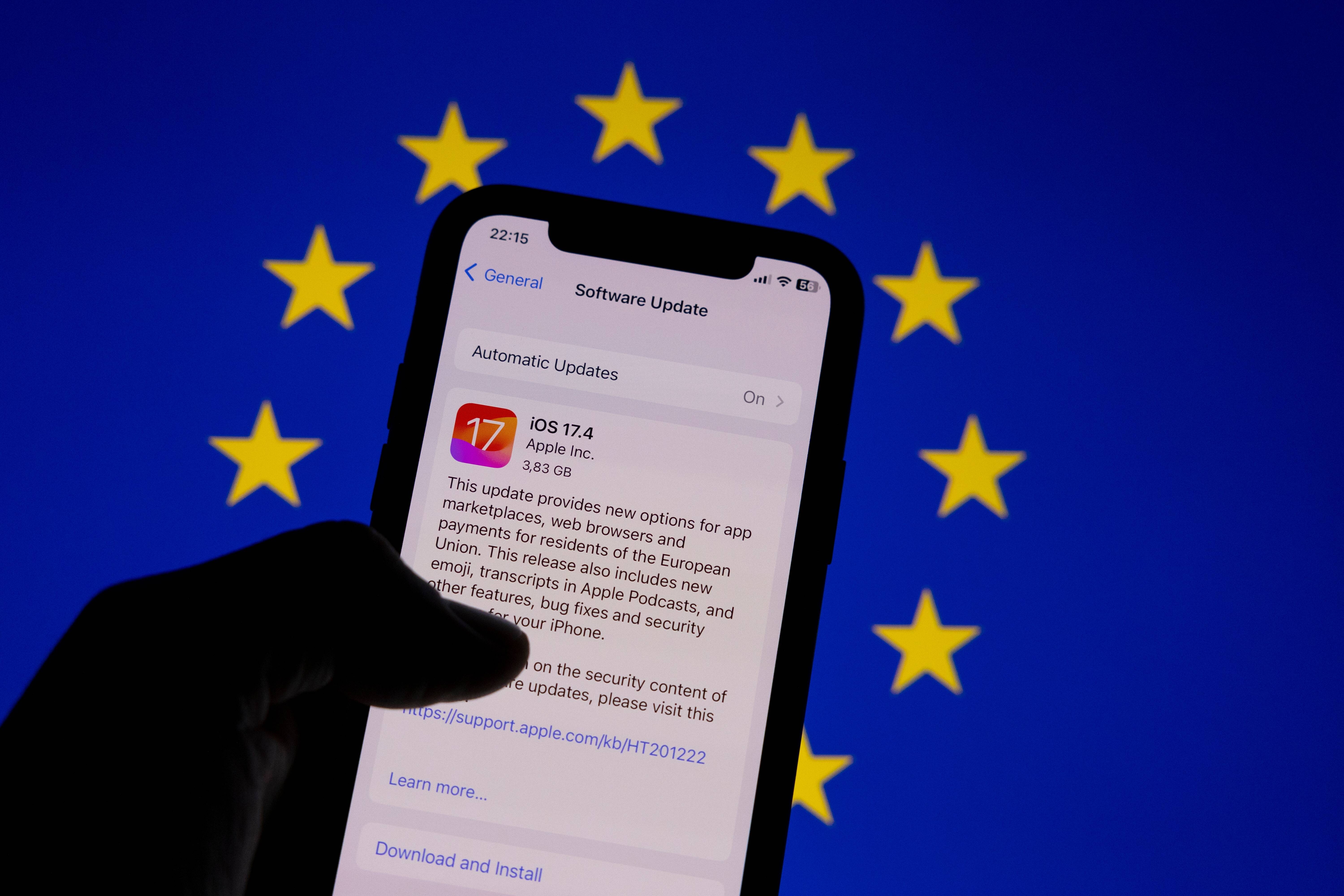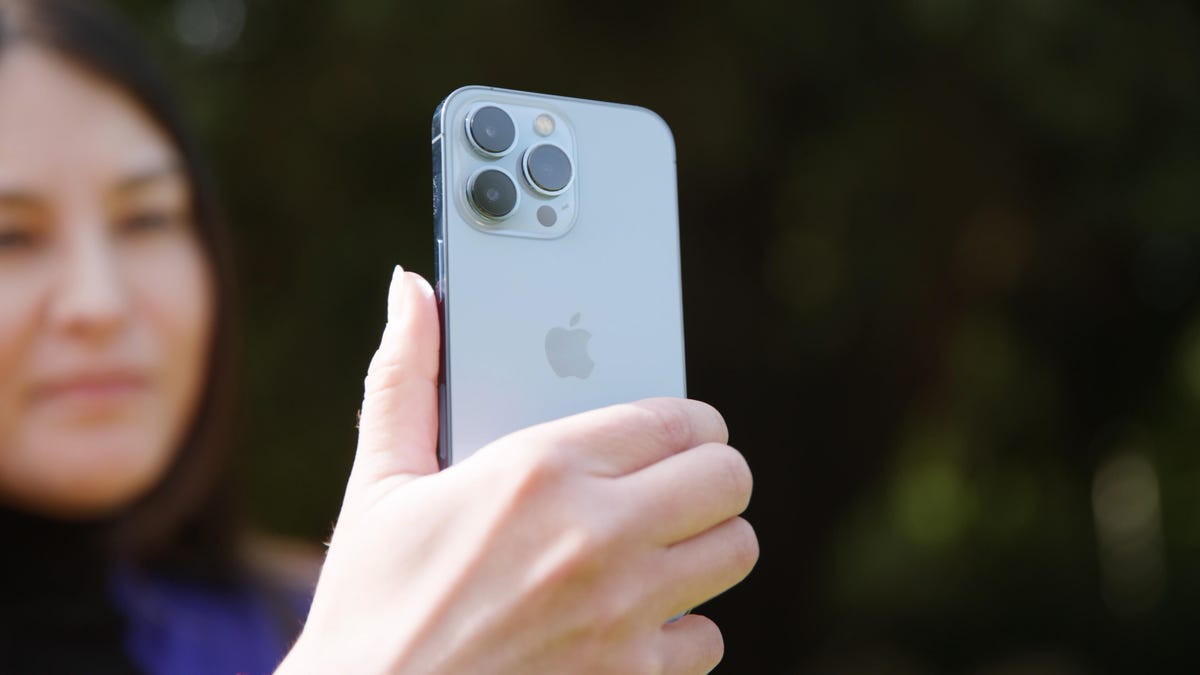The Splintering of the iPhone

The iPhone experience in Europe is becoming more flexible and feature-rich, largely due to regulatory pressure pushing for greater consumer choice. Meanwhile, users in other regions, including the US, see fewer options. Europe is getting features like third-party app stores, custom browsers, and the ability to replace default apps, creating a noticeable divide between what’s available and offered elsewhere. The EU regulatory pressure has seemingly been searching for its footing for a while, but it is now in full effect.
This growing difference feels like a digital wall, reminiscent of the restrictions in countries like China, separating users by region. Apple will, of course, push against this by restricting some new key features out of the EU market, but in the long run, it's a game of chicken they cannot afford to lose.
I wrote years ago about the fragmentation of the internet (well before the 'splinternet' idea was coined) and we are now entirely in this reality. Three domains play with their own rules: the US, EU, and China. While the first two are still fully connected, the digital reality of the present is shifting increasingly from one another. It's not as drastic as searching "Tiananmen Square" would be between the European and the Chinese internet, but we are maybe an election away from such a split when we type "US Capitol."









